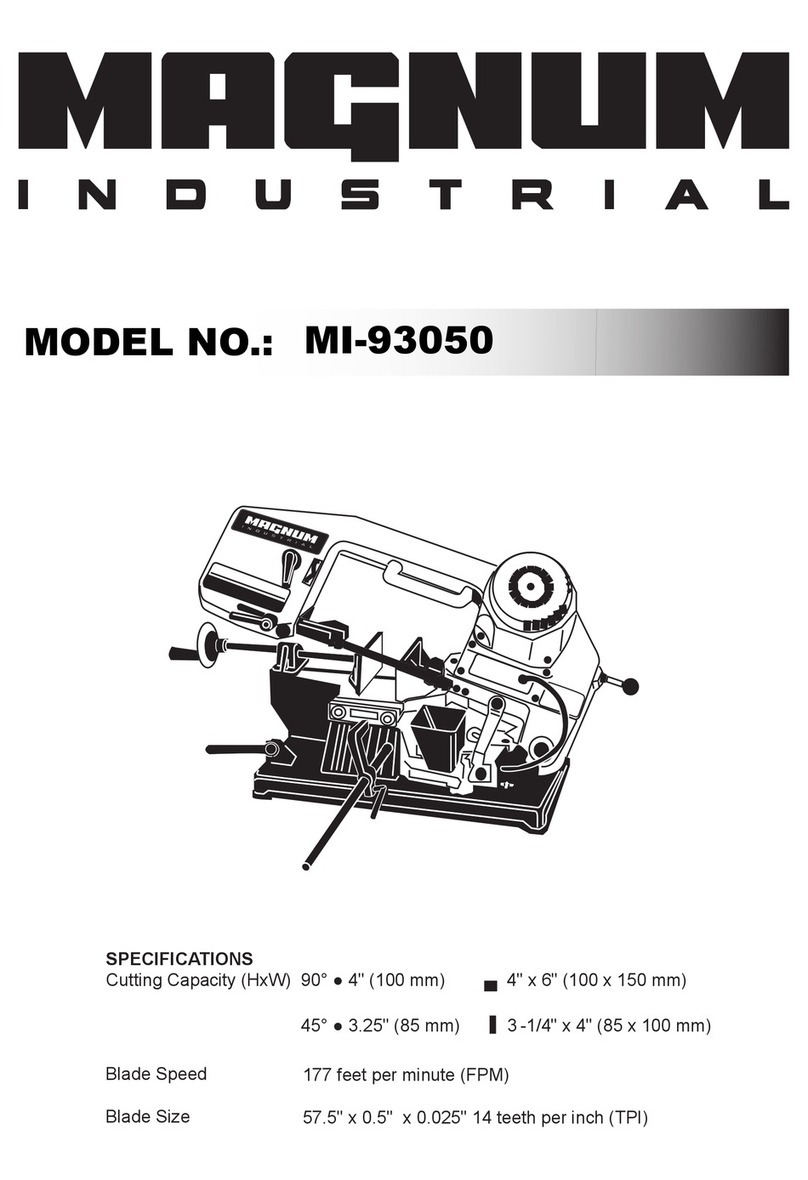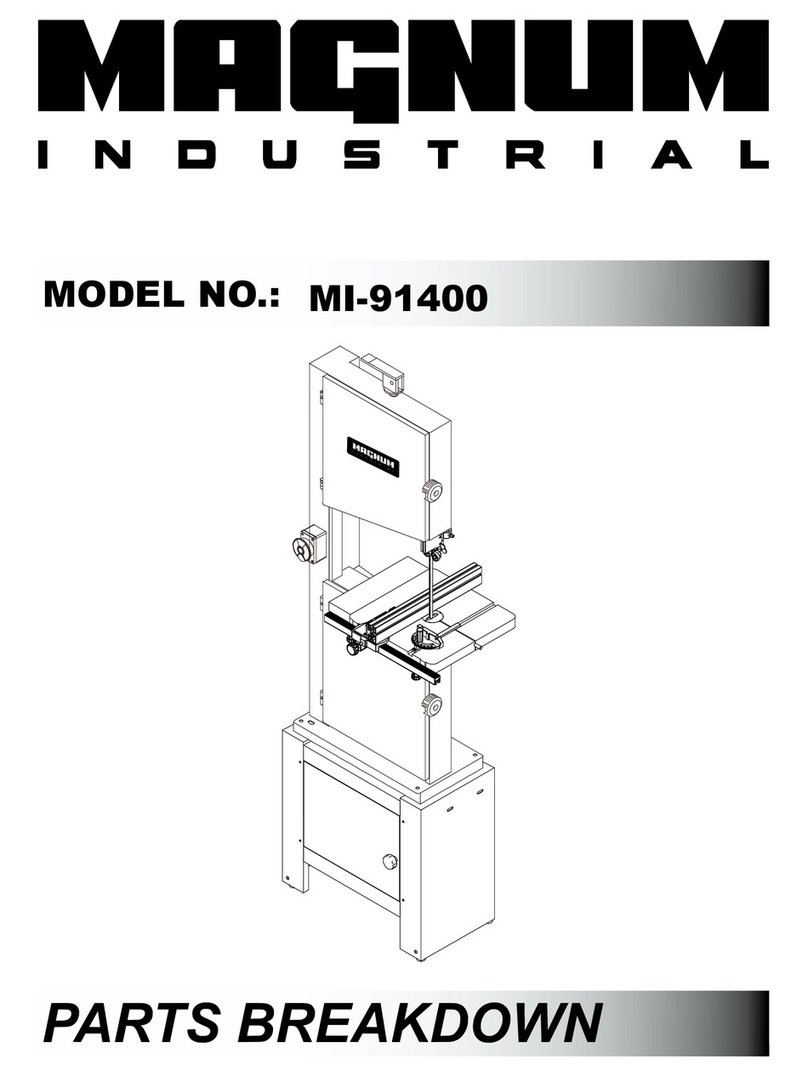Magnum Industrial MI-91500 User manual
Other Magnum Industrial Saw manuals

Magnum Industrial
Magnum Industrial MI-91520 User manual

Magnum Industrial
Magnum Industrial MI-91350 User manual
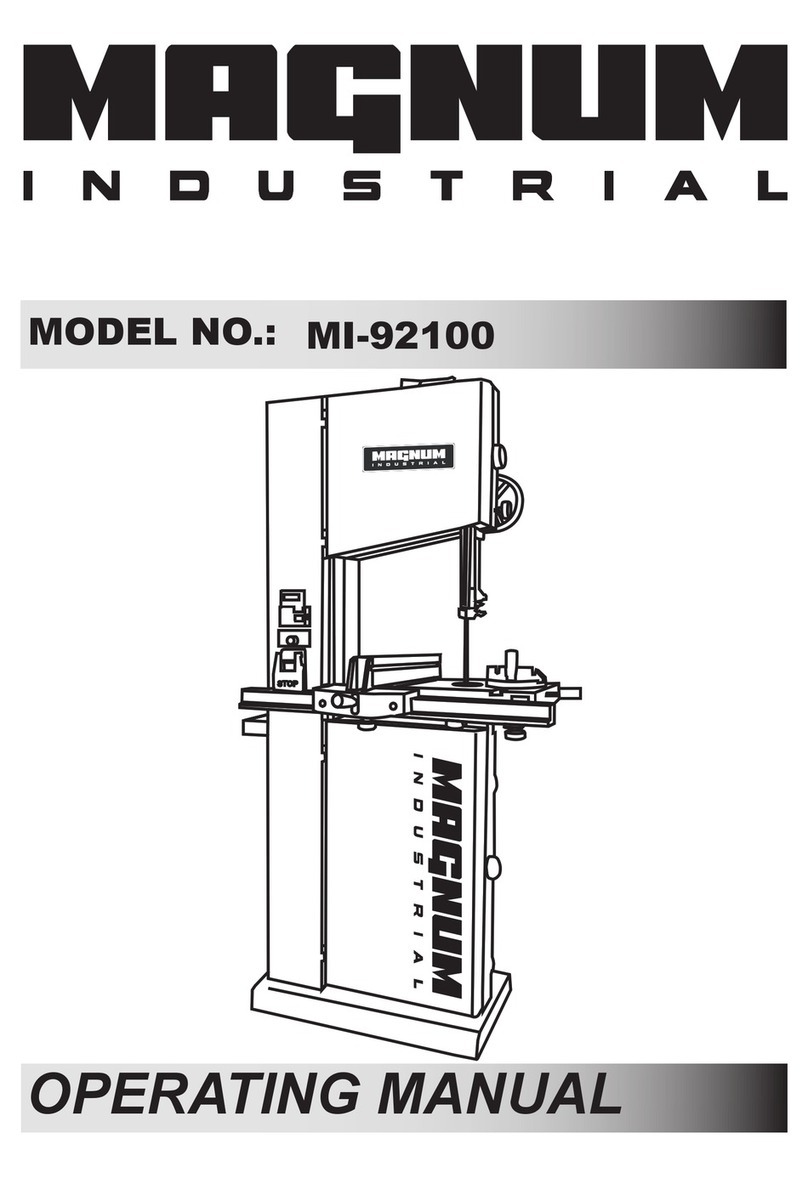
Magnum Industrial
Magnum Industrial MI-92100 User manual

Magnum Industrial
Magnum Industrial MI-92300 User manual

Magnum Industrial
Magnum Industrial MI-51180 User manual
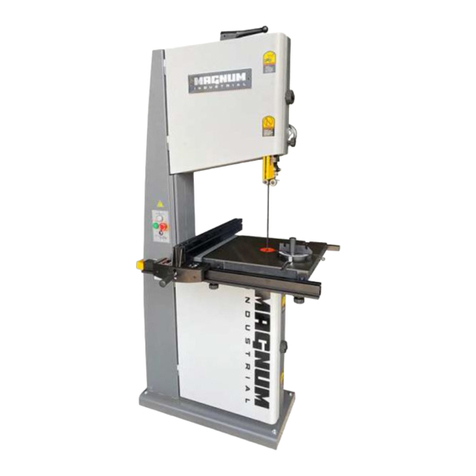
Magnum Industrial
Magnum Industrial MI-91600 User manual

Magnum Industrial
Magnum Industrial MI-51100A User manual
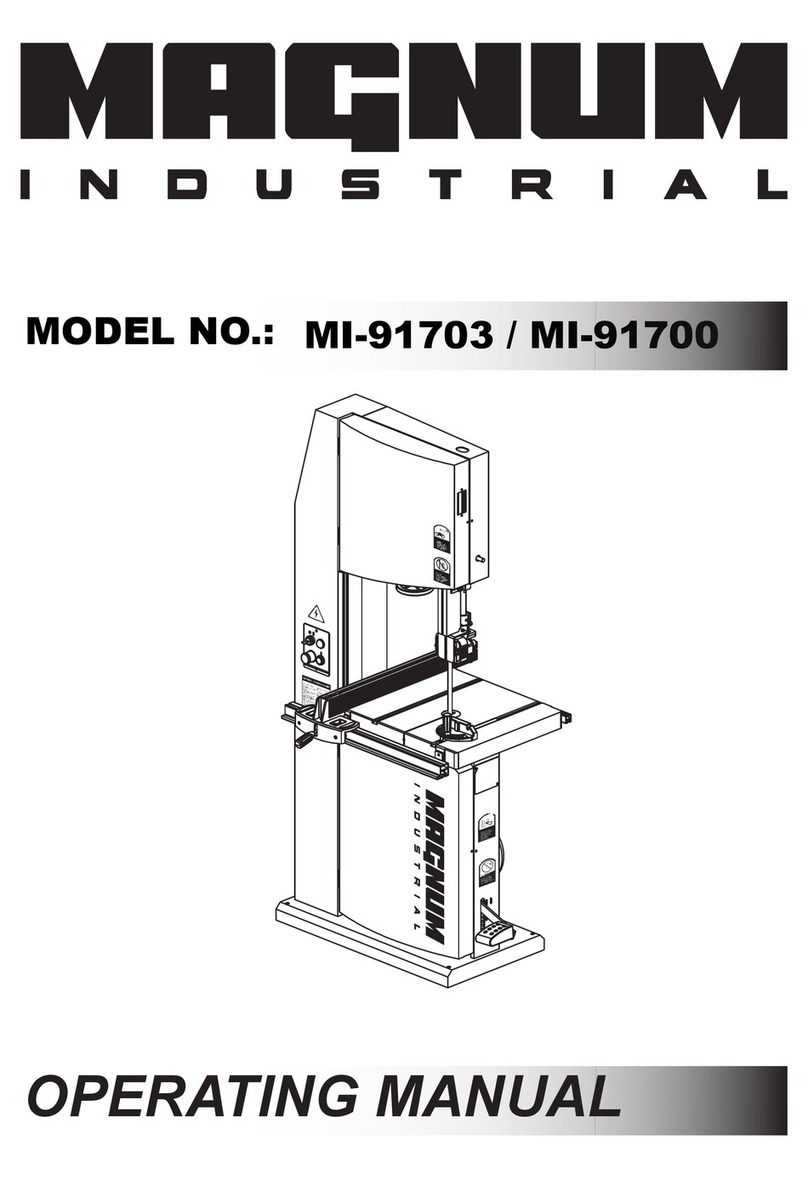
Magnum Industrial
Magnum Industrial MI-91703 User manual

Magnum Industrial
Magnum Industrial MI-91340 User manual
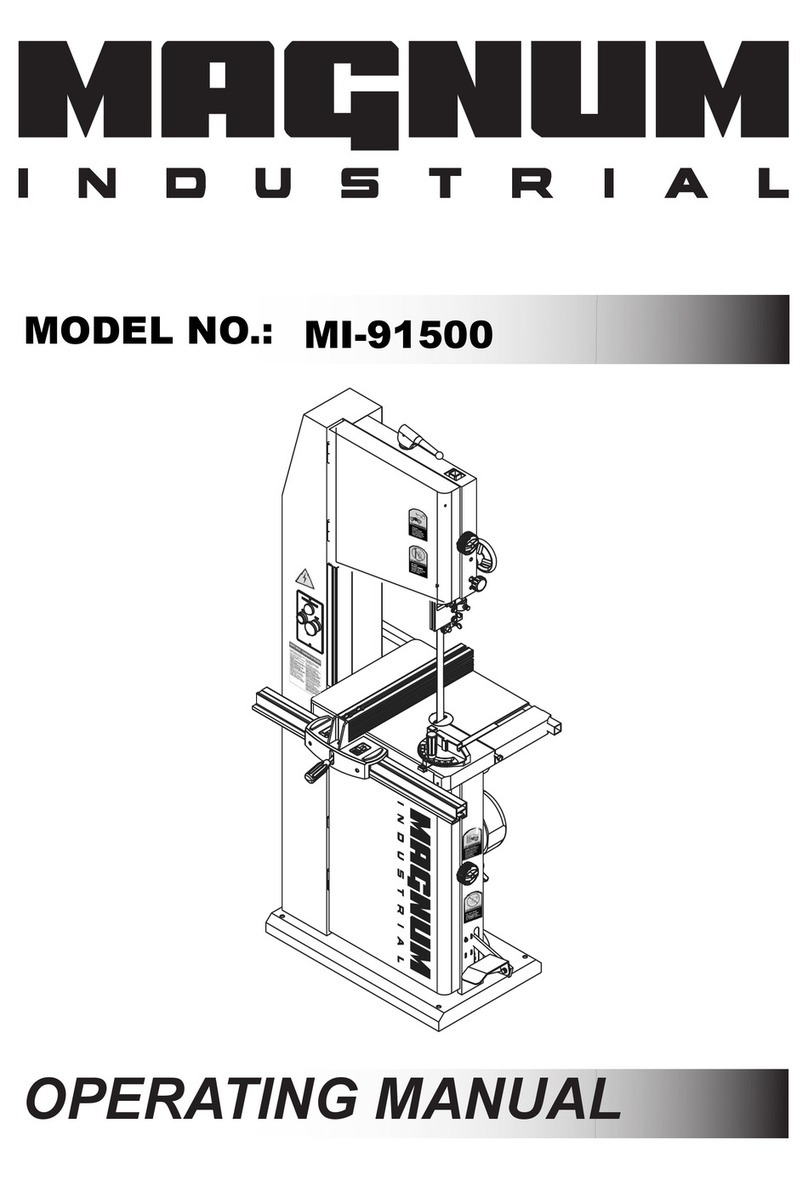
Magnum Industrial
Magnum Industrial MI-91500 User manual
